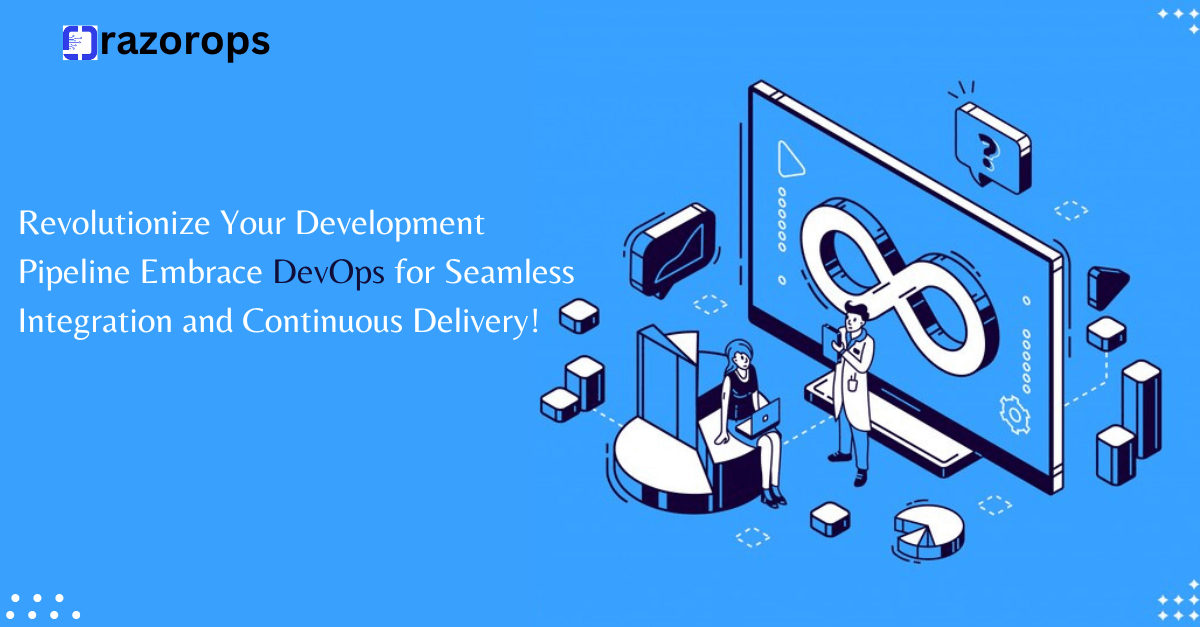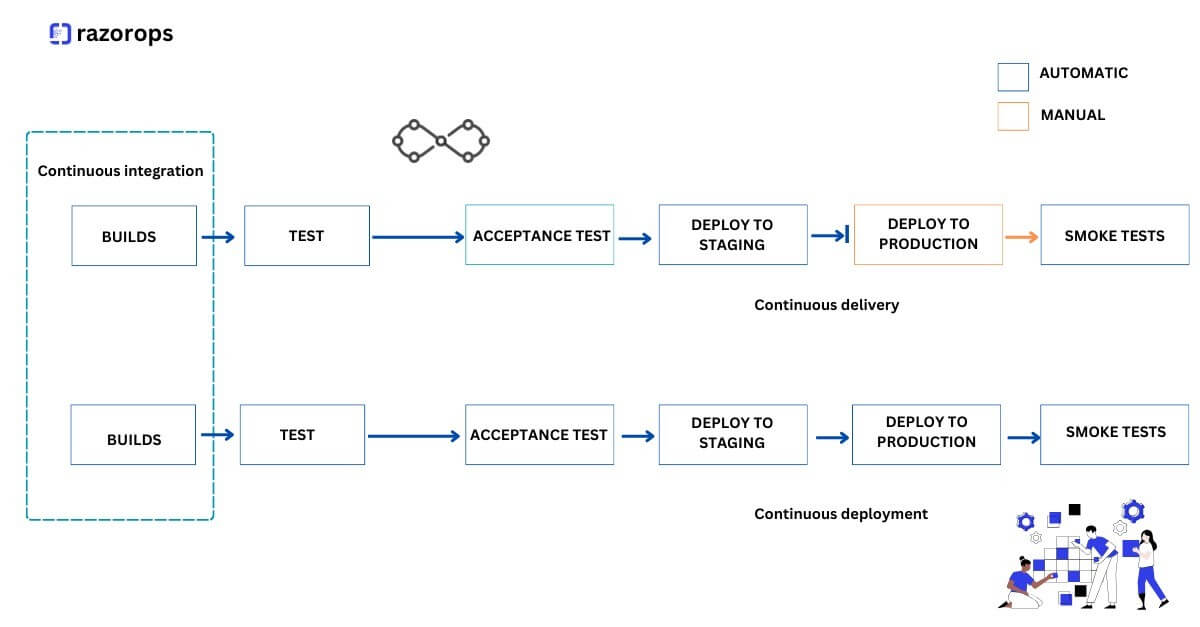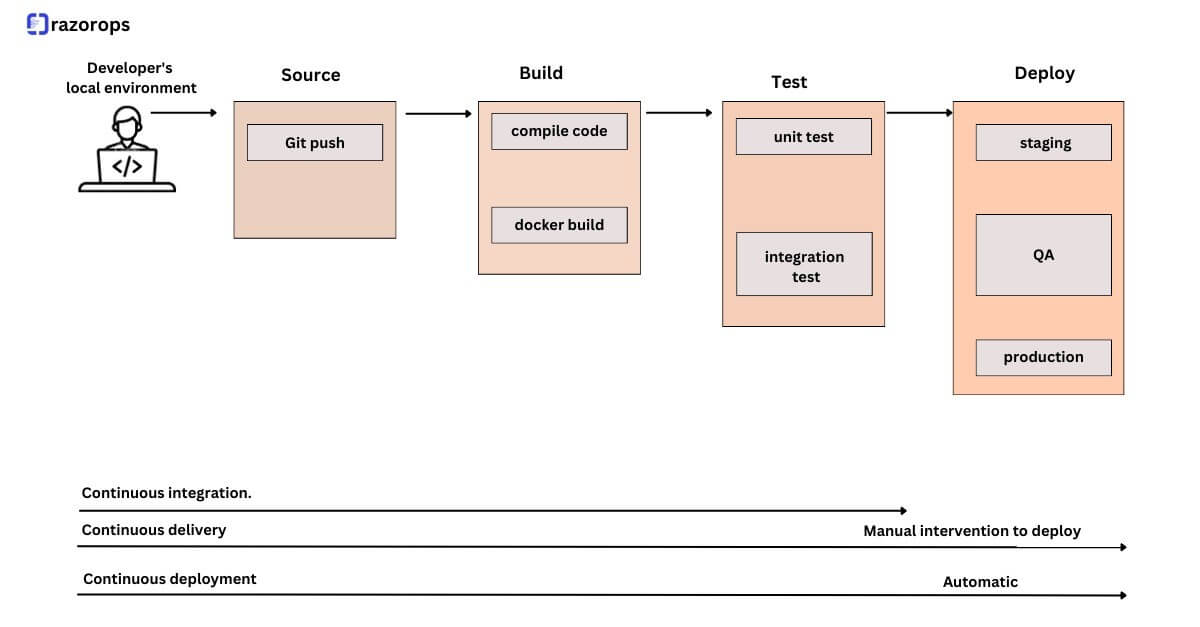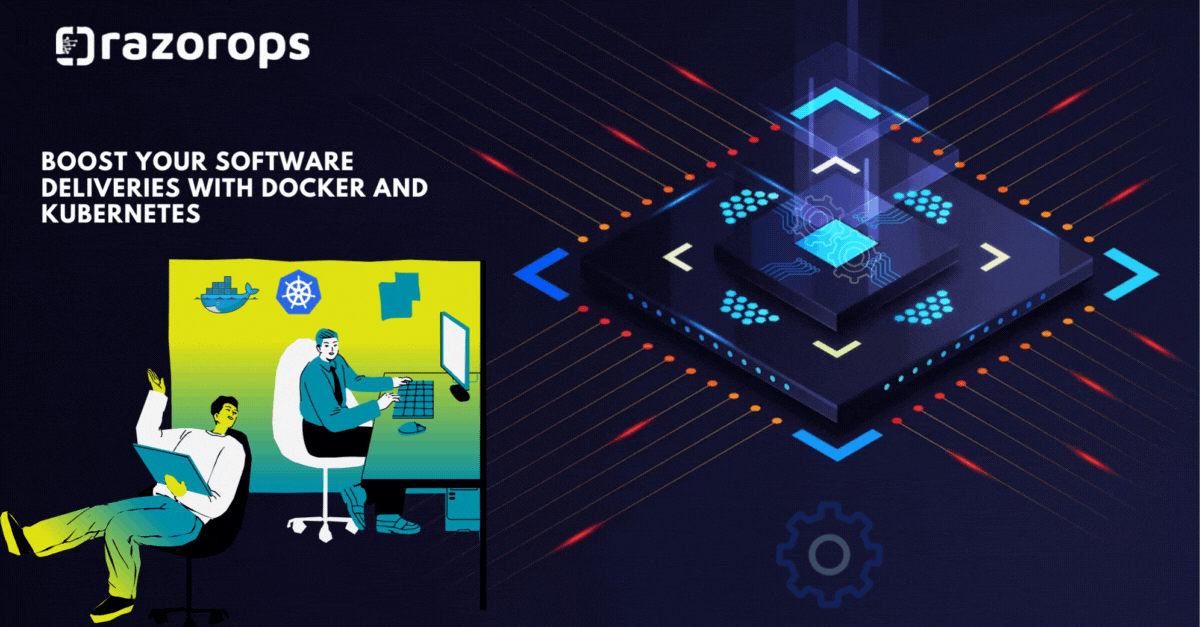Revolutionize Your Development Pipeline Embrace DevOps for Seamless Integration and Continuous Delivery

Traditional development methodologies are being replaced by more efficient and collaborative approaches like DevOps. By integrating development (Dev) and operations (Ops) teams, DevOps streamlines the software delivery process, leading to faster time-to-market, improved product quality, and increased customer satisfaction.
Understanding DevOps
DevOps is not just a set of tools or practices; it’s a cultural shift that emphasizes collaboration, automation, and continuous improvement across the entire software development lifecycle. It breaks down silos between development and operations teams, fostering a culture of shared responsibility and accountability.
Benefits of Embracing DevOps
1. Faster Time-to-Market:
DevOps promotes automation of repetitive tasks such as testing, deployment, and infrastructure provisioning. By automating these processes, teams can release software updates more frequently, reducing time-to-market from months to days or even hours.
2. Improved Product Quality:
With continuous integration (CI) and continuous delivery (CD) practices, developers can detect and fix bugs early in the development cycle. Automated testing ensures that each code change is thoroughly tested, resulting in higher quality software with fewer defects.
3. Enhanced Collaboration:
DevOps encourages collaboration between developers, operations, and other stakeholders throughout the software development lifecycle. By breaking down barriers between teams, communication improves, leading to faster problem-solving and innovation.
4. Increased Efficiency and Scalability:
Automation and infrastructure-as-code (IaC) enable teams to scale resources dynamically based on workload demands. Whether deploying to a single server or a cloud environment, DevOps ensures consistency and reliability, even in complex, distributed systems.
5. Enhanced Security and Compliance:
Security is integrated into every stage of the DevOps pipeline, from code development to deployment. Automated security scans, compliance checks, and robust access controls help identify and mitigate vulnerabilities early, reducing the risk of security breaches.
Implementing DevOps in Your Organization
Embracing DevOps requires more than just adopting new tools; it requires a cultural shift and a commitment to continuous improvement. Here are some key steps to help you get started:
1. Foster a Culture of Collaboration:
Encourage open communication and collaboration between development, operations, QA, and other teams involved in the software delivery process. Break down silos and promote shared goals and responsibilities.
2. Automate Everything:
Identify repetitive, manual tasks in your development pipeline and automate them using tools like GitLab CI/CD, CI. Automate testing, deployment, infrastructure provisioning, and configuration management to streamline the delivery process.
3. Implement CI/CD Practices:
Adopt continuous integration (CI) and continuous delivery (CD) practices to enable developers to merge code changes frequently and release updates to production rapidly and reliably. Implement automated testing, code reviews, and deployment pipelines to ensure that each change is thoroughly validated before release.
4. Embrace Infrastructure as Code (IaC):
Treat your infrastructure as code by defining and managing it using version-controlled scripts and templates. Tools like Terraform, AWS CloudFormation, or Kubernetes enable you to provision and manage infrastructure dynamically, improving consistency, scalability, and reliability.
5. Measure and Iterate:
Establish key performance indicators (KPIs) to measure the success of your DevOps initiatives, such as deployment frequency, lead time, and mean time to recovery (MTTR). Continuously monitor and analyse these metrics to identify areas for improvement and iterate on your processes.
Embracing DevOps is not just about adopting new tools or practices; it’s about transforming your organisation’s culture and mindset to prioritise collaboration, automation, and continuous improvement. By breaking down silos, automating repetitive tasks, and implementing CI/CD practices, you can revolutionise your development pipeline, enabling faster time-to-market, higher product quality, and improved customer satisfaction. Start your DevOps journey today and unlock the full potential of your software delivery process. Follow RazorOps Linkedin Page Razorops, Inc.








